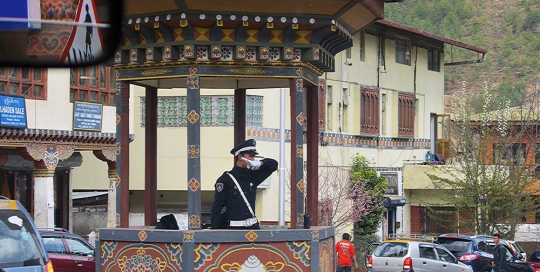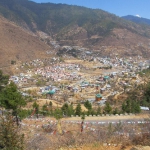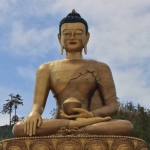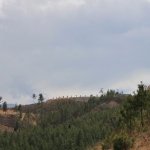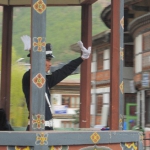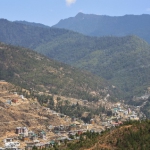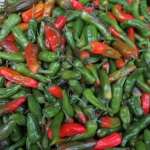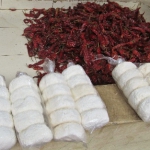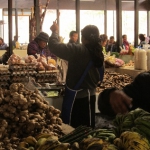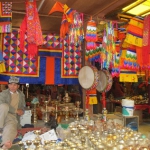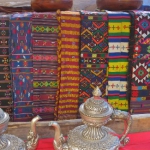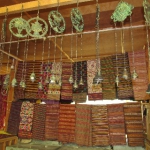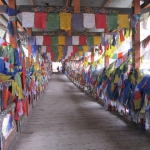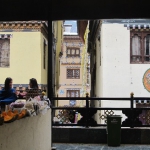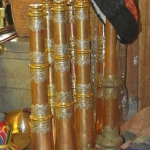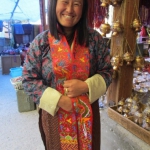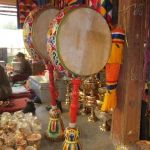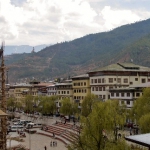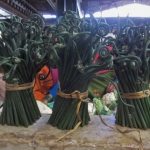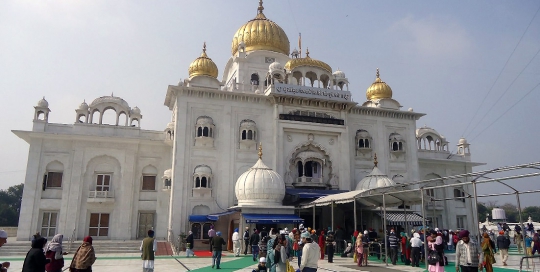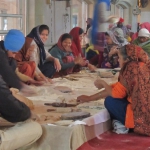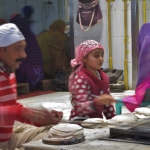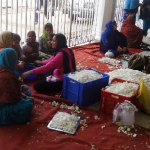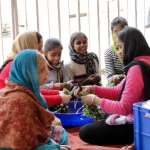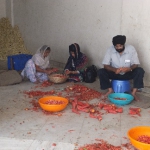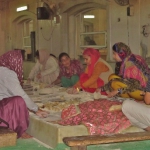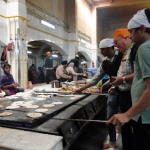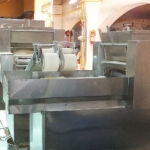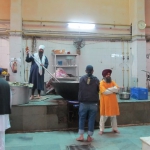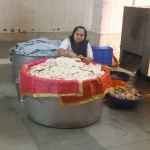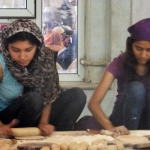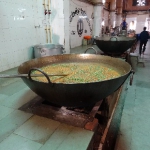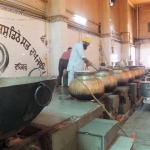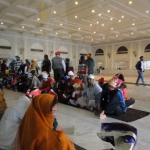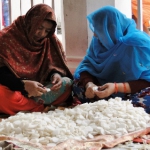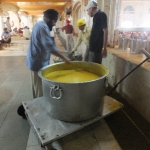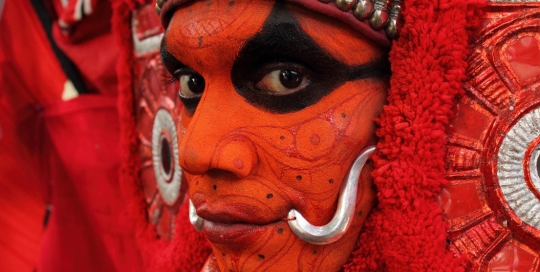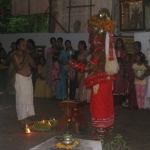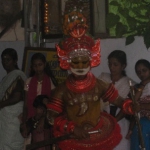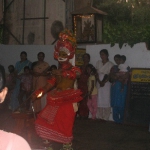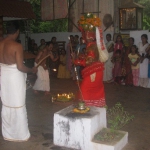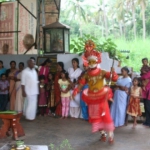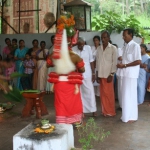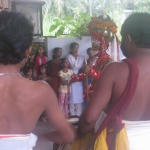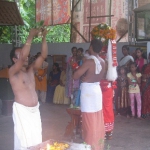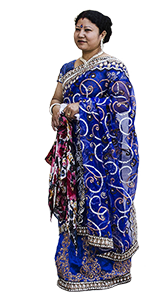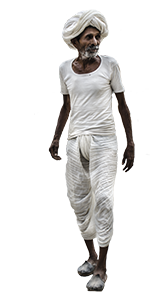If you ever appear on the show “Who wants to be a Millionaire” and the £1m question is “What is the world’s only capital city which doesn’t have traffic lights?” you better hope your “phone a friend” has visited Bhutan. If he has, then he will shout THIMPHU and the cheque will be yours.
In truth, the white gloved policeman standing in the middle of the roundabout has a pretty easy job. In Bhutan, road rage is non existent and horn blowing is not obligatory as, it seems, in India. In fact the whole city of 100 000 seems pretty laid back and so it proved, is the rest of the country.
Thimphu nestles between wooded mountains. Houses provide colourful splashes in the valley floor. A massive 50m tall statue of Buddha Dordenma sits serenely above the city looking down benevolently.
It’s not just the houses which are colourful. The weekend market overflows with chillies, plump green or dried shrivelled red ones sit alongside chugo, hard, dried yak cheese. Green curly fern fronds called nakey are stacked with jackfruit and in the area selling incense and saffron, all sorts of smells tickle the nostrils.
Across a bridge festooned with prayer flags the handicraft market sells stunning silk decorations, brass butter lamps, drums, prayer wheels and yak tails. Intricately embroidered kiras hang on display alongside elaborate silver teapots. A treasure trove of local artefacts.
At the end of a busy market day I had to smile. The young Bhutanese trade their traditional ghos and kiras for jeans and head for the karaoke bars. The throb of karaoke music is about as rowdy as it gets in downtown Thimphu on a Saturday night!


